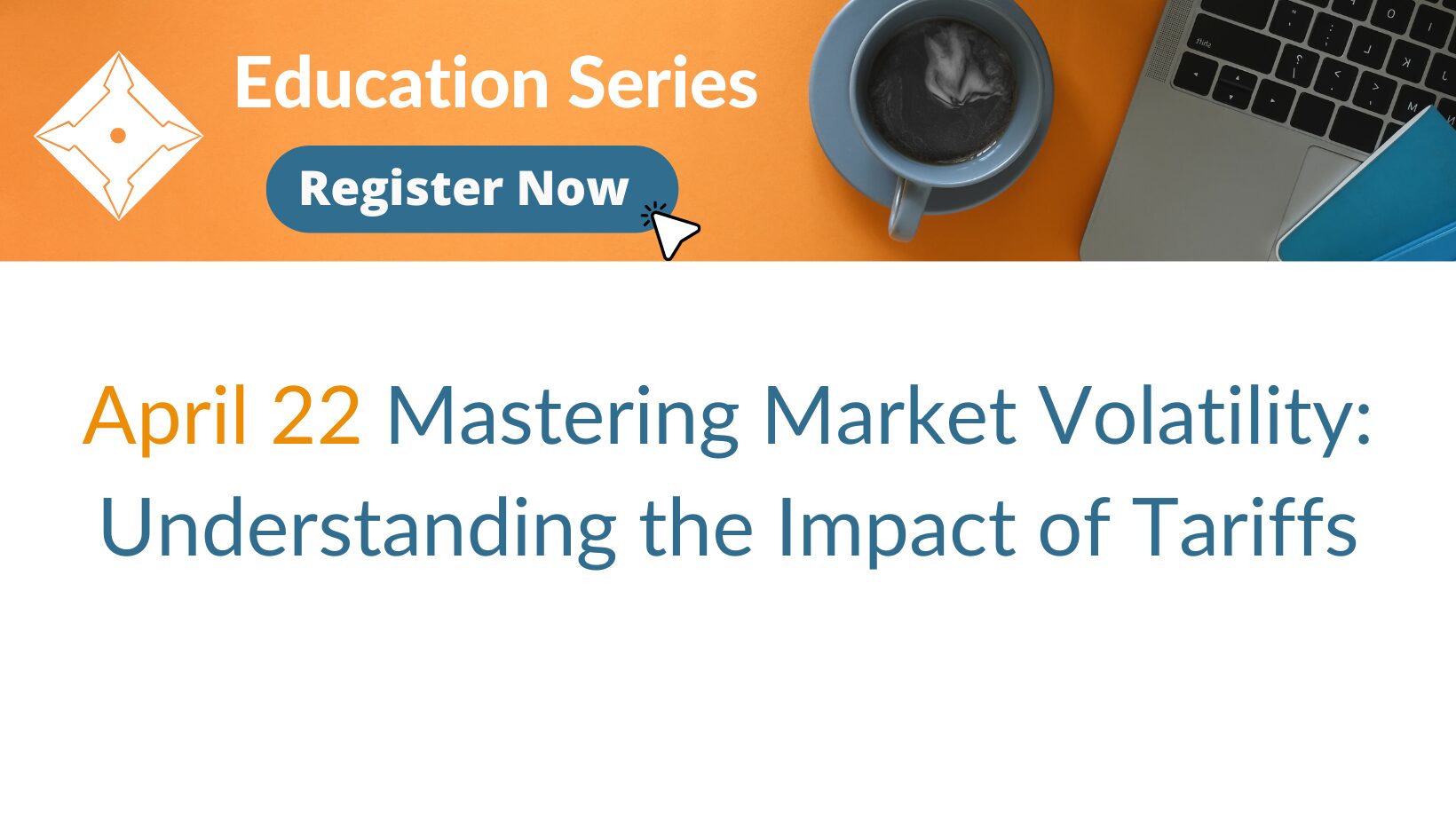The CARES Act: Questions & Answers


1. As a retired client, if I don’t need to withdraw money for my mandatory Required Minimum Distribution (RMD) from retirement accounts, can I reduce or stop altogether my distributions for 2020 and not get penalized?
Under normal circumstances, if you are 70.5 you are required to take a minimum distribution from your retirement account, and if you don’t do so by December 31, you would incur a 50% penalty on the RMD. However, for the 2020 tax year, the IRS is suspending the penalty and giving retirees the option to not take their withdrawal or reduce it if they don’t need the funds.
The benefit is two-fold: Investors won’t be required to withdraw assets while portfolios are depreciated due to market valuation and it can help save on taxes. If retirees don’t use their RMD for income, they can simply pause the distribution for this year. If retirees do need income and are used to taking distributions from their retirement account, they have the option to withdraw from other brokerage, savings, or non-qualified accounts instead of taking from a retirement account for potential tax savings. Make sure to consult your financial and tax advisor to make sure plans are aligned across the board.
The Fort Pitt Capital Team has already seen this benefit our clients. For example, one client who is a retiree typically takes their income needs out of their IRA, about $16,000 a month. They also have an after-tax account, so we connected with their accountant to see if it would make sense to take income from their non-qualified investment account for the rest of 2020. After doing the calculations, over nine months, the client could save $70,000 in Federal income taxes and avoid $15,000 in state taxes, a total of $85,000 in savings. We were able to make these savings happen due to a joint effort with the client’s accountant and demonstrate the power of financial and tax advisors working together to make sure decisions align across the board.
2. I am a business owner. What is the best way for me to apply for the Economic Injury Disaster Loan (EIDL)?
The EIDL is a loan from the Small Business Administration (SBA) that is providing an advance of up to $10,000 in relief to business owners that apply and are experiencing temporary financial difficulties due to COVID-19. Business owners should contact the bank they have their business relationship with to take the necessary steps to apply for this loan. The application is open and the bank will have the necessary information to help process the loan faster. Time is of the essence as it’s first-come-first-serve so working closely with your bank is key.
If you’re a sole proprietor, you have to wait another week to apply so use this time to get your ducks in a row, to make sure you’re in the queue sooner rather than later.
Reference the SBA website for additional updates and information about this process.
3. I give to charity. Are there any additional provisions that are applicable to me in the new CARES Act?
For those who itemize their deductions, the CARES Act allows individuals to get a federal income tax deduction up to 100% of their adjusted gross income (AGI) in qualified cash contributions; the limit was previously 60% of their AGI. This offers an additional incentive to contribute more in times of need, like so many organizations do right now. Make sure you’re giving to a qualified organization and work with your tax advisor.
Additionally, for individuals who claim the standard deduction, they can deduct up to $300 of qualifying cash contributions to charitable organizations.
4. In the unforeseen event that I or an immediate family member are diagnosed with COVID-19 or experience financial distress from being unable to work as a result of COVID-19, what provisions in the new law provide me relief in order to access my retirement plan (of course, with the understanding that this would have to be an extreme or severe reason for me to want to withdraw from the retirement plan)?
While we don’t want individuals taking large sums of money out of their qualified accounts that are earmarked for retirement, this is an option for severe cases of financial hardship. Individuals under age 59 ½ can withdraw up to $100,000 without penalty from a retirement plan (IRA or company sponsored plan) if they or an immediate family member is diagnosed with COVID-19, or if they are experiencing financial distress as a result of not being able to work because of the pandemic. It’s critical to work with a tax advisor if you’re planning to utilize this feature because you must be able to prove to the IRS that you have a legitimate reason to use this money. The distribution is still taxable at a normal income rate over three years, but there’s also an option to repay the amount in a three year period.
5. I find myself unemployed due to the pandemic. How has unemployment compensation changed for individuals?
If you receive unemployment benefits, the provision allows an additional $600 a week in compensation starting March 29 until July 31. This is a nice addition to those who are struggling, but it’s important to be patient, as there is a high number of unemployment claims right now (Pennsylvania has over one million unemployment claims). If you need these benefits, apply as soon as you can but be patient when it comes to receiving compensation.
6. My grown daughter has a young family and the tax rebates being offered would help her greatly. How does she know if she is eligible?
The direct payment to taxpayers will be helpful to many individuals and families. She can determine if she is eligible by looking at her AGI in 2019. If she is married with AGI for 2019 that is less than $150,000, she and her spouse will receive $2,400. She would also receive an additional $500 for each qualified child (children that she claims on their joint tax return under the age of 17).
Families with income above the threshold will see their payment reduced by $50 for every $1,000 in AGI. For individuals to be eligible, they must have a Social Security number (and not be claimed as a dependent), they do not have to have reportable income in 2019. If she has not filed a 2019 return yet, it’ll be based on the 2018 return.
If you have specific questions about the CARES Act that we haven’t answered, please reach out to us — we’re here to help.


